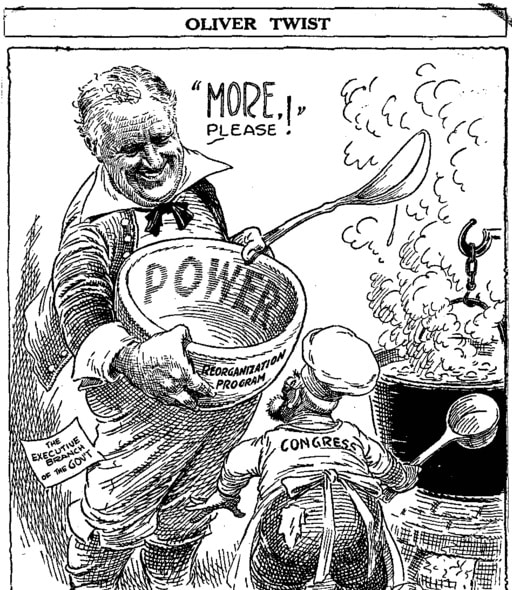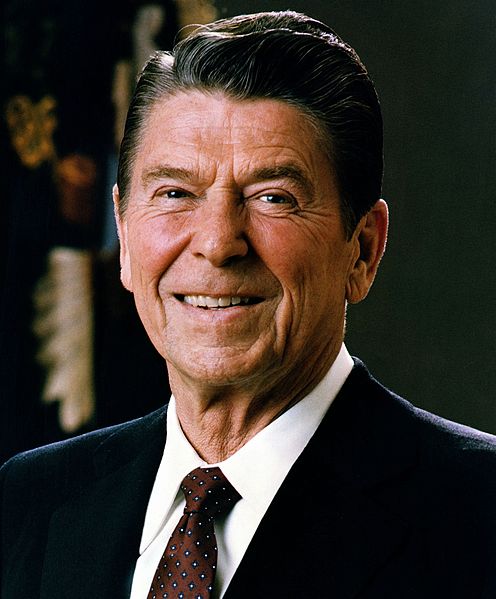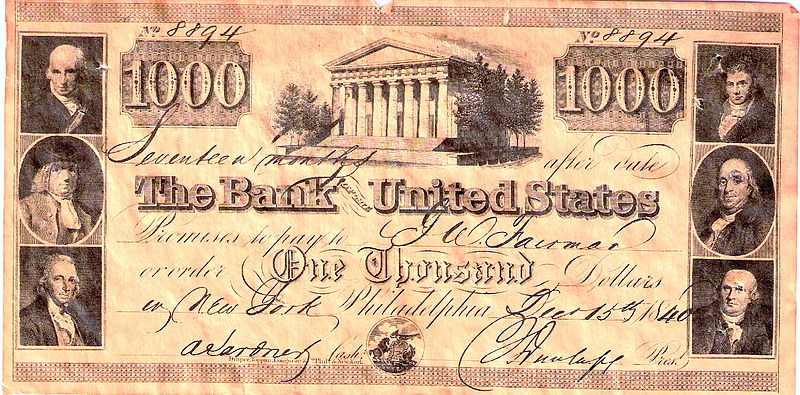The New Deal was a series of federal programs and projects enacted by Franklin D. Roosevelt in the 1930s. The goal of the New Deal was to help the nation recover from the effects of the Great Depression. New Deal APUSH questions may test your knowledge on the effects of specific programs, or how Roosevelt’s policy changed the role of the federal government.
What is the New Deal?
The New Deal was Roosevelt’s response to the economic crisis following the stock market crash in 1929. The New Deal consisted of social, economic, and financial measures that aimed to provide relief for those affected by the Great Depression by reducing unemployment, stimulating the economy, and regulating the financial system. Between 1933 and 1938, Roosevelt put a number of programs into place. Some proved to be short-lived, and others have endured in the decades following their original implementation. The New Deal’s programs helped the country stay afloat until the industrial boon during World War II lifted the country out of the Great Depression.
Key New Deal Programs:
- Emergency Banking Relief Act(1933): This act gave the president vast power over the banks, and provided a means for banks to reopen under federal supervision.
- Glass-Steagall Banking Act (1933): This act separated commercial and investment banking.
- Federal Deposit Insurance Corporation (1933): The FDIC was created to insure bank deposits.
- Civilian Conservation Corps (1933): The CCC provided opportunities for temporary-work on federal lands, such as parks and forests.
- Tennessee Valley Authority (1933): The TVA allowed for the federal planning and building of dams along the Tennessee River, providing hydroelectric power to the region.
- Agricultural Adjustment Act (1933, 1938): The AAA reduced surpluses by regulating crop production through federal subsidies.
- Securities Exchange Act (1934): This act created the Securities Exchange Commission to oversee the regulation of the financial industry.
- National Labor Relations Act (1933): This act protected the right for laborers to organize and engage in collective bargaining.
- Social Security Act (1935): This act created the system of federal pensions and unemployment insurance still in place today.
- Works Progress Administration (1935): The WPA allowed the federal government to fund state and local public works projects as well as directly hire millions of unemployed Americans.
Important years to note for the New Deal:
- 1929: The stock market crashes, ushering the Great Depression
- 1932: Roosevelt promises a “new deal” for Americans as he accepts the presidential nomination
- 1933: In Roosevelt’s first 100 days in office, he works with Congress to enact numerous programs and projects
- 1941: The U.S. enters World War II, and the ensuing industrial stimulus ends the Great Depression and the need for further New Deal legislation
Why is the New Deal so important?
The New Deal alleviated the effects of the Great Depression and put millions of American back to work. Through the regulation of banks and financial markets, it likely averted further damage to the economy. Some of the programs, like Social Security, are still in place today and continue to provide financial assistance to vulnerable populations. The reforms on the banks and the financial industry ushered in a new era of oversight of the free markets. In general, the New Deal reformed the way the federal government interacted with local governments and the private sector. The traditional attitude was for an economic crisis to run its course, despite its social costs. This was the policy of Herbert Hoover, and a major reason for Roosevelt’s election. Roosevelt saw a need for the federal government to intervene, and his promise of sweeping reforms appealed to the poor and unemployed who were desperate for relief. Many saw his New Deal as a meddlesome overreach of power; however, his domestic policy endured and forever changed the relationship of the federal government, the free market, and the American citizen.
What are some historical people related to the New Deal?
Franklin D. Roosevelt: Proposed and enacted the New Deal
What example question about the New Deal might come up on the APUSH exam?

Cartoon by Joseph Parrish, 1937 (Source)
Which criticism of the New Deal is most closely represented by the image?
A) Roosevelt’s plan did not go far enough and should have nationalized the U.S. banking system.
B) Roosevelt’s reforms missed the opportunity to generate revenue by taxing excessive wealth.
C) Roosevelt’s programs created a class conflict that damaged the country’s social fabric.
D) Roosevelt’s restructuring of the executive branch was a step towards an imperialistic presidency.
Answer:
The correct answer is (D). A major criticism of the New Deal was that it granted too much power to the executive branch. In 1937 the administration submitted a reorganization plan that many saw as an attempt to give more power to the president. This plan, along with his court-packing plan, was unpopular among republicans and even labeled dictatorial. In general the New Deal was met with the criticism that its programs overstepped the authority of the executive branch and the federal government.





